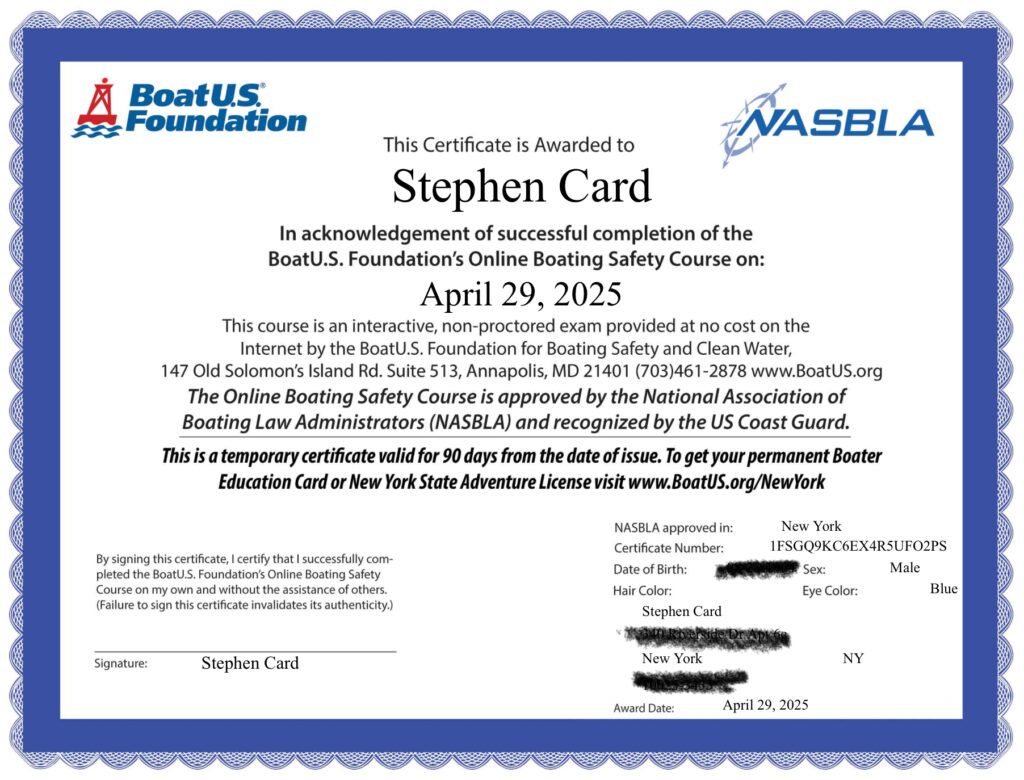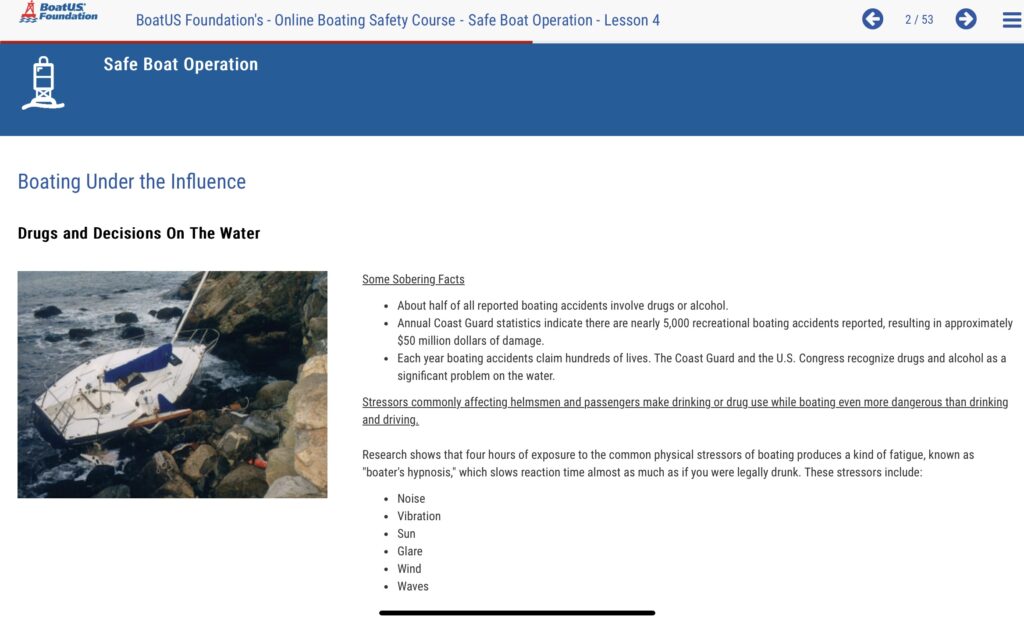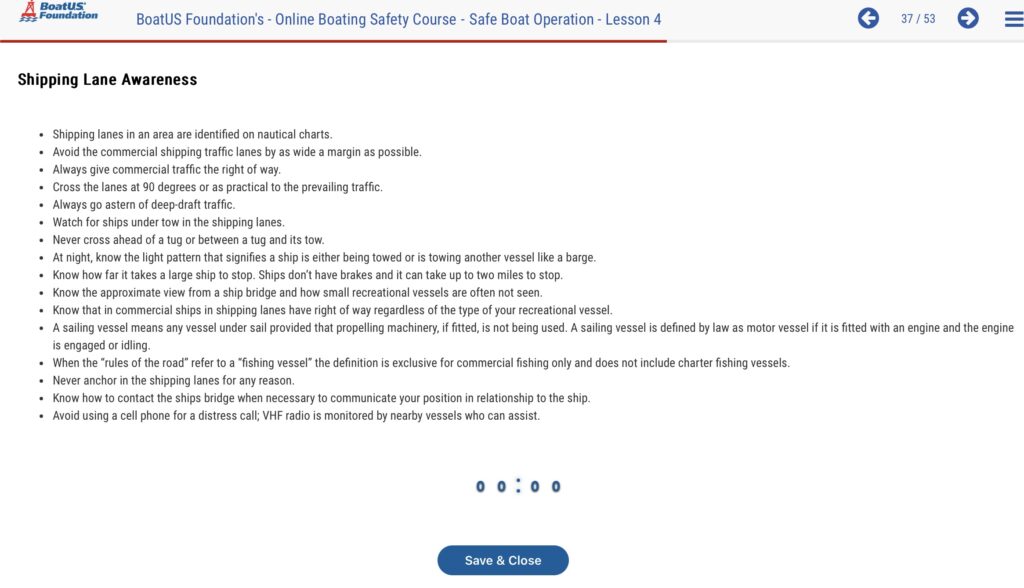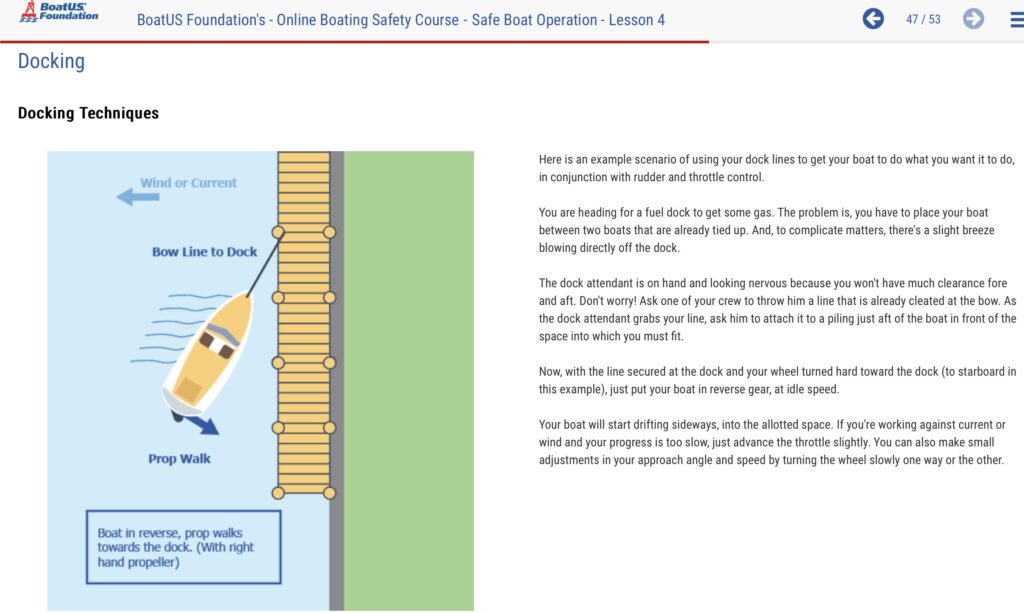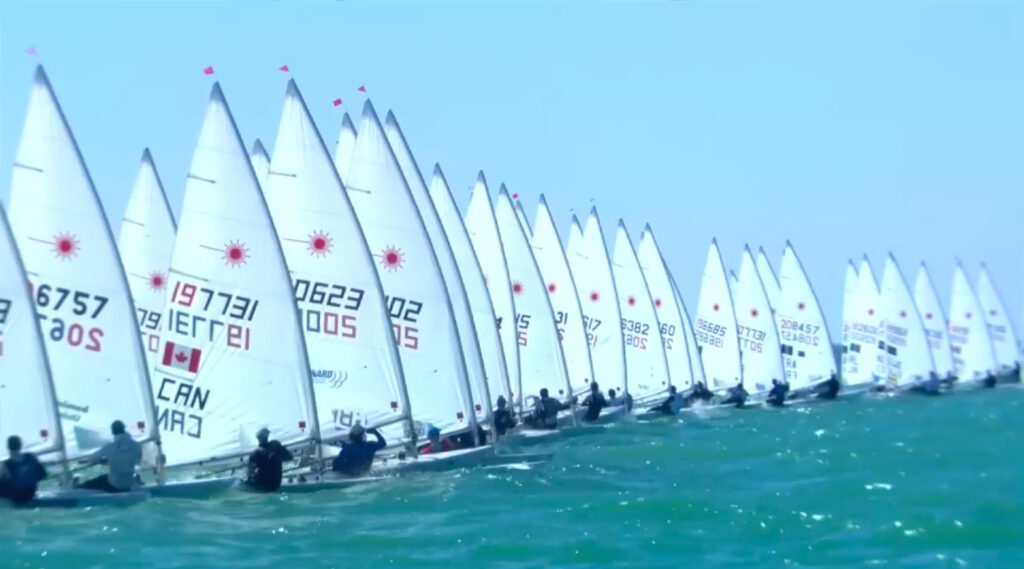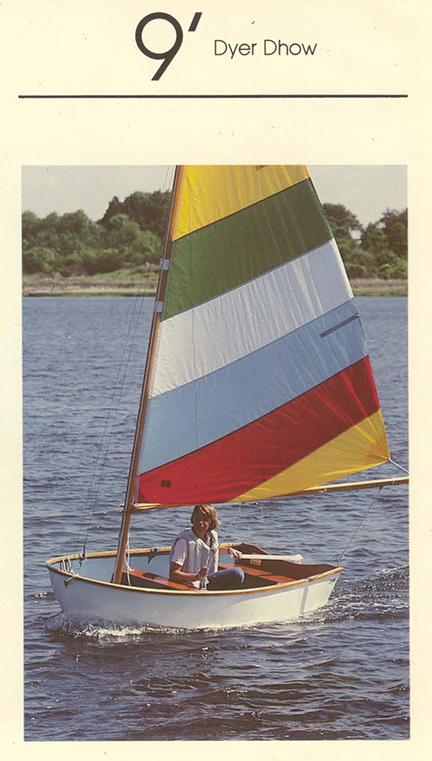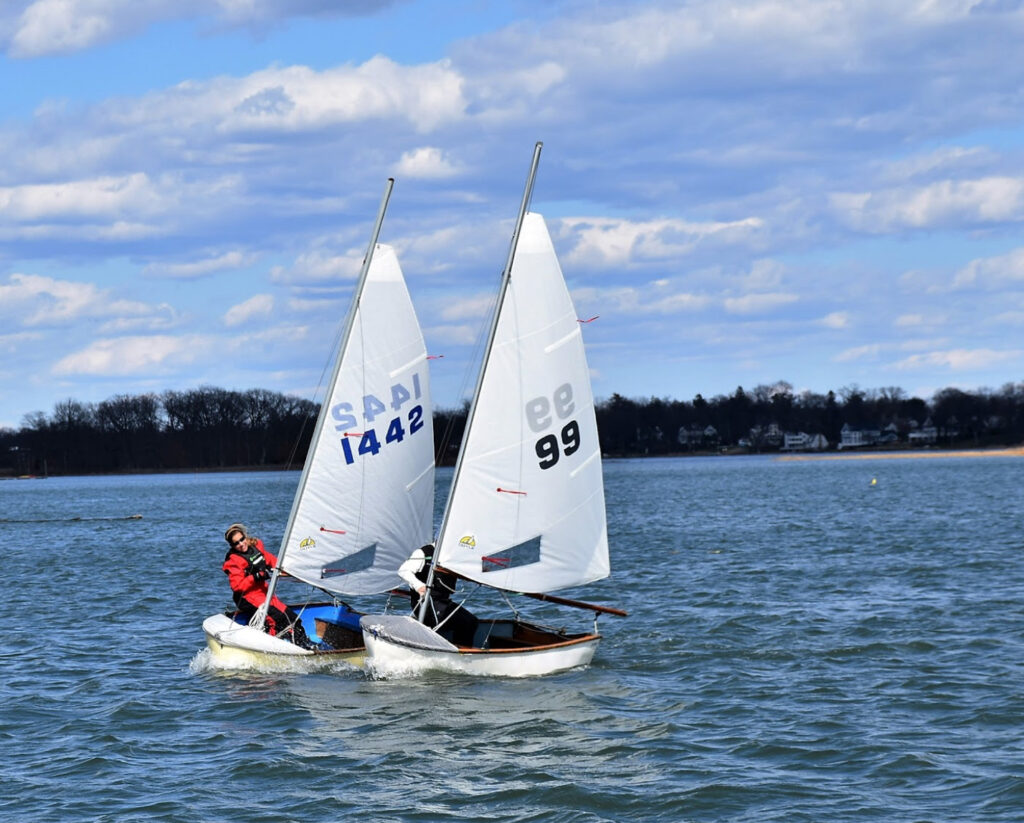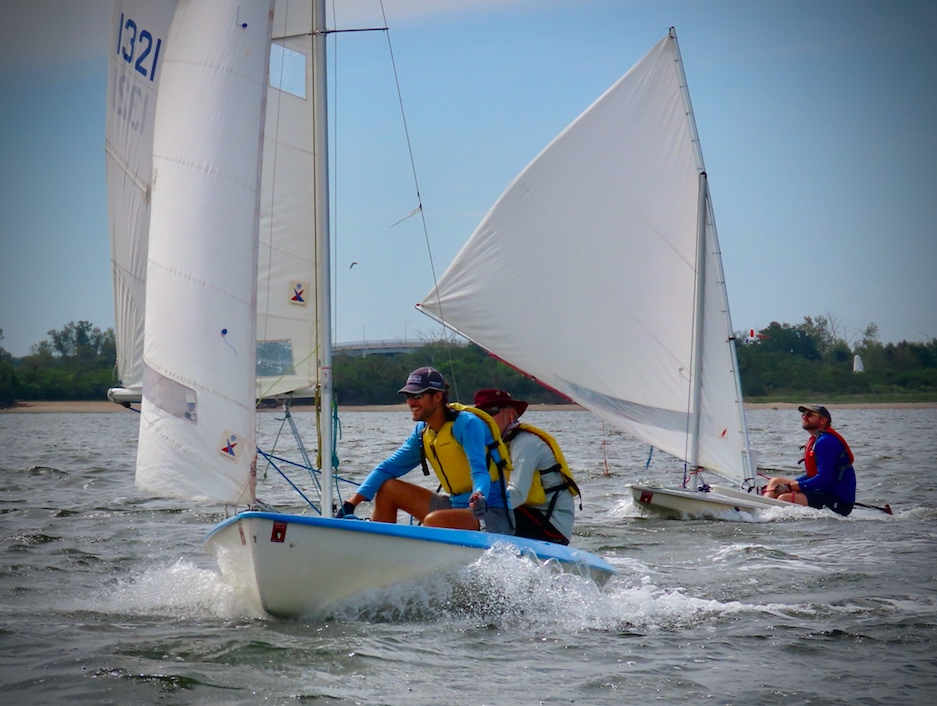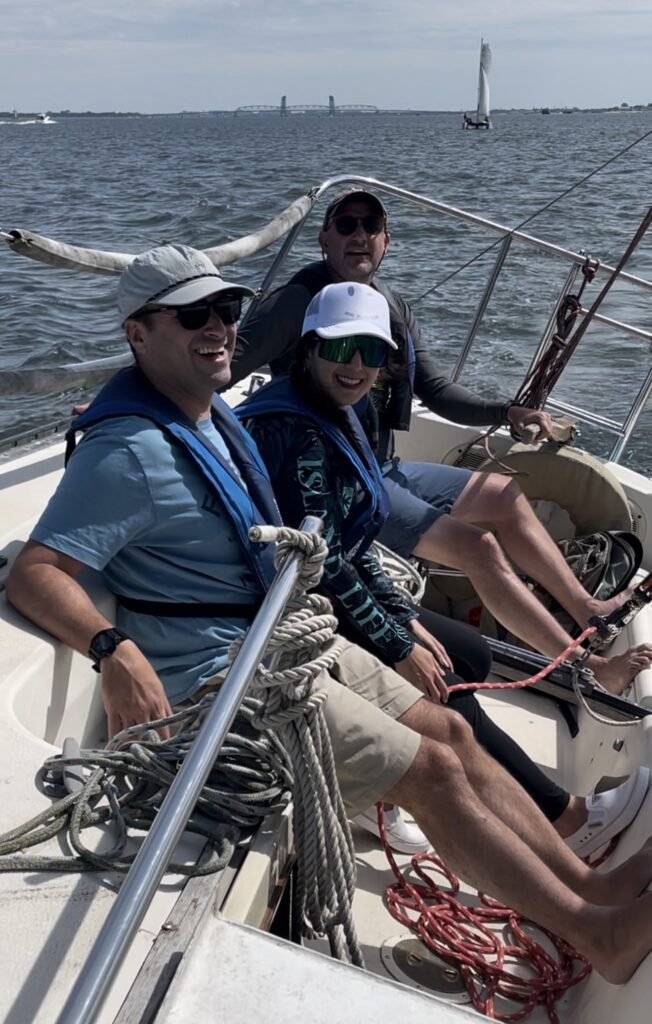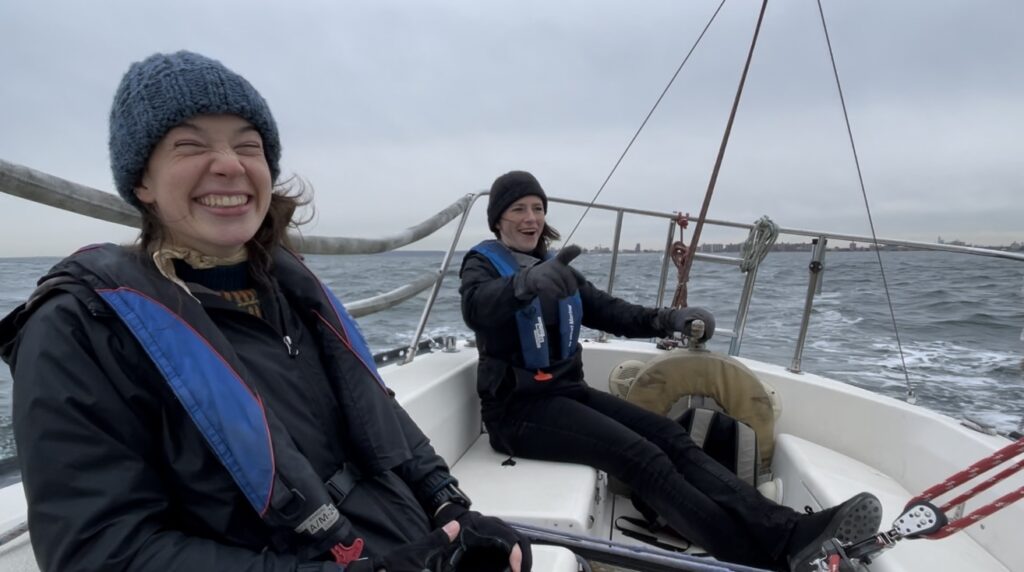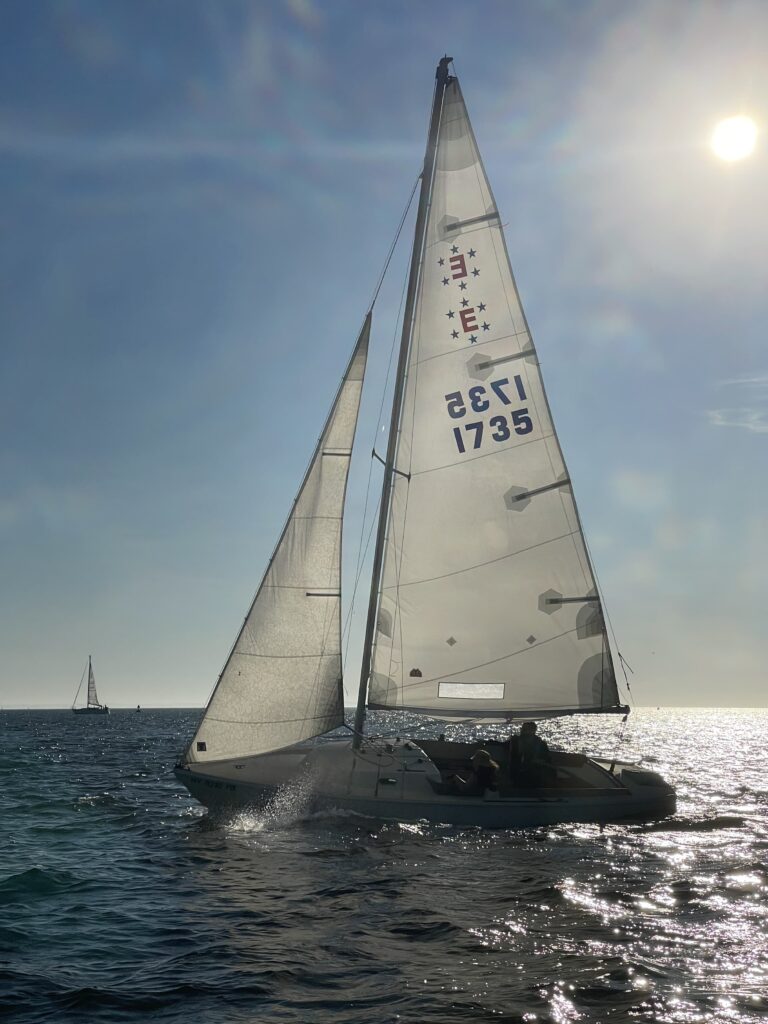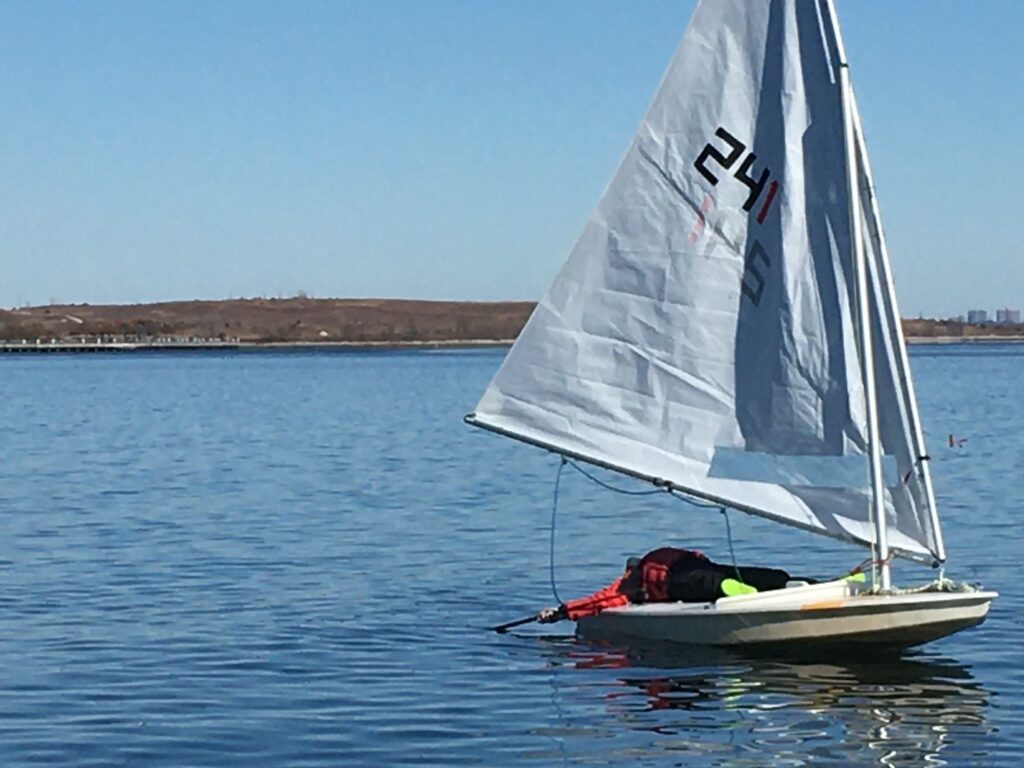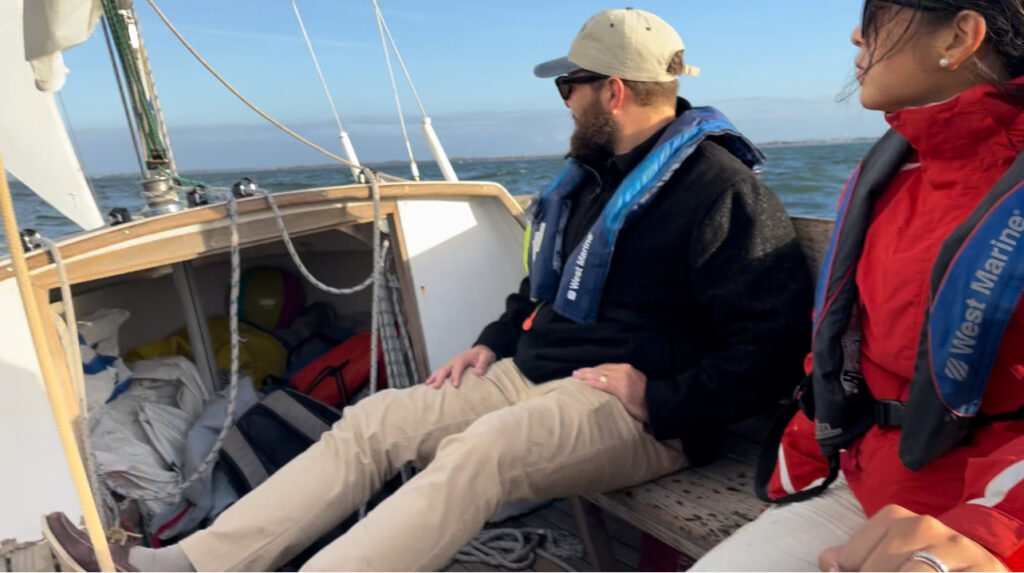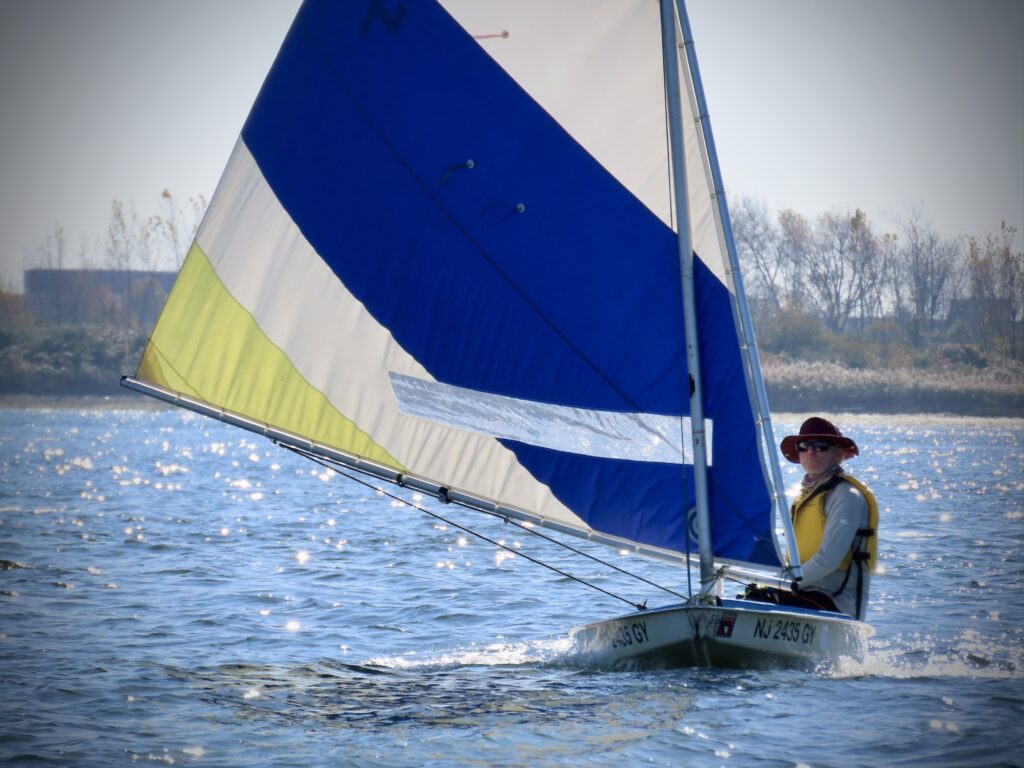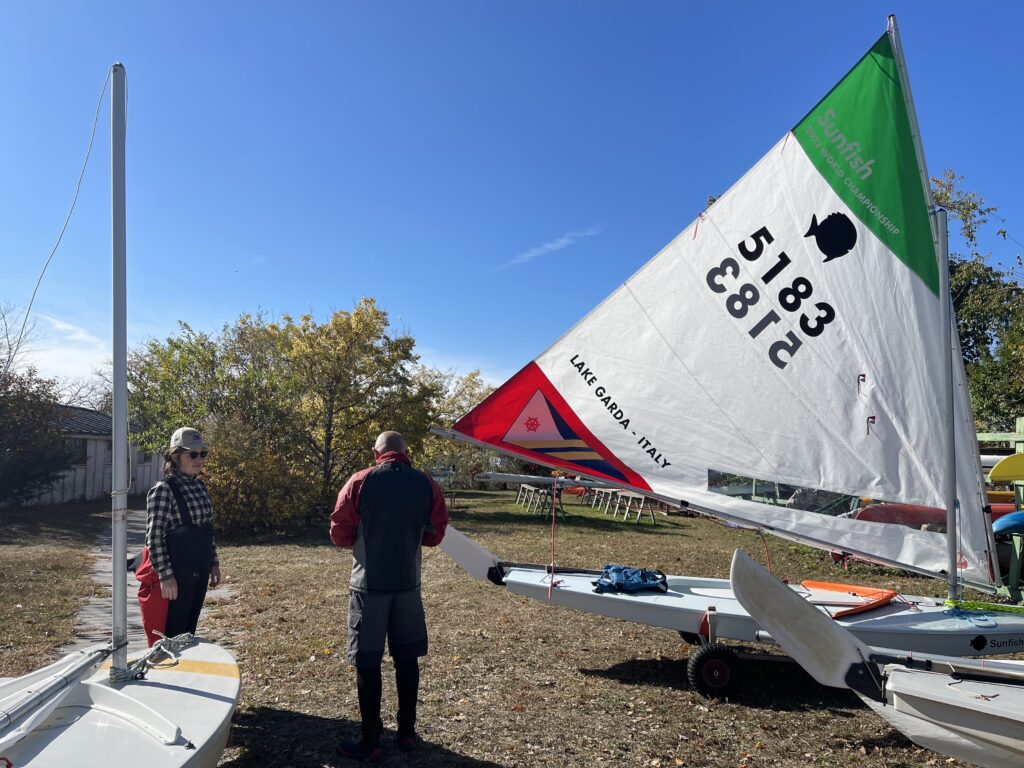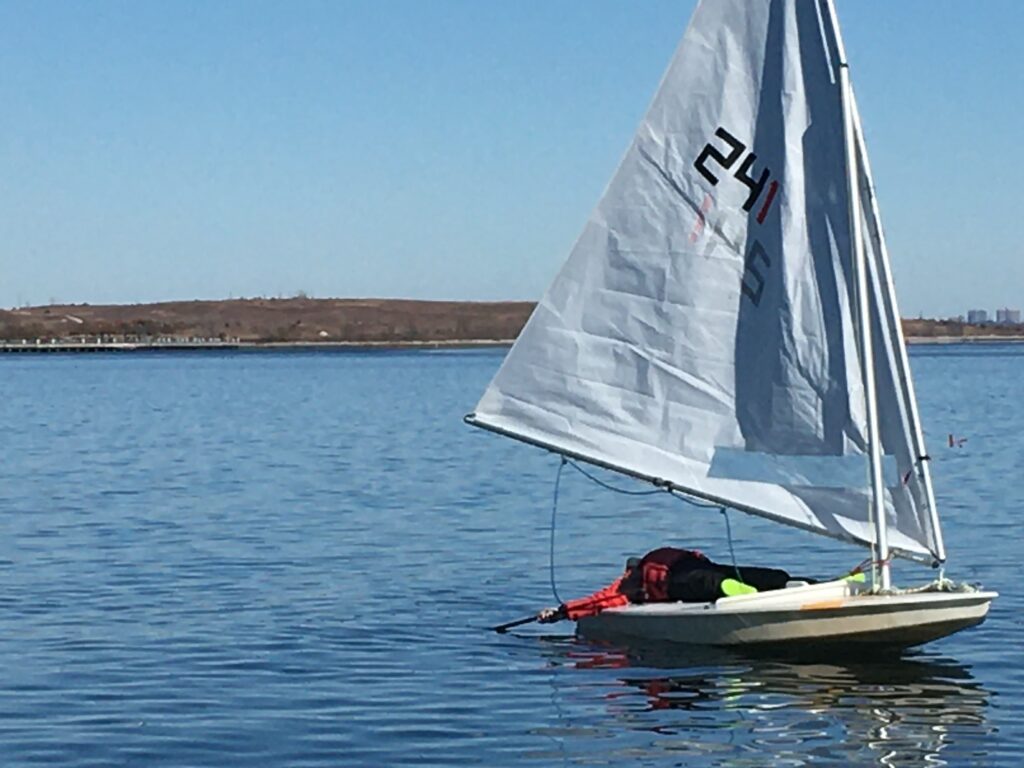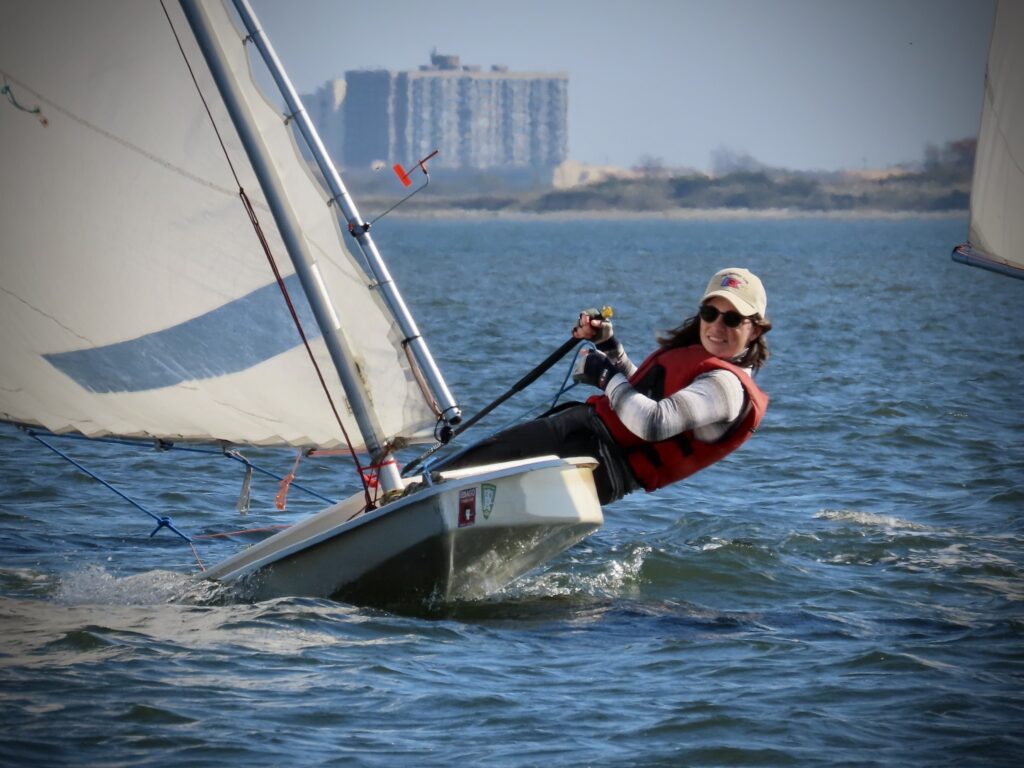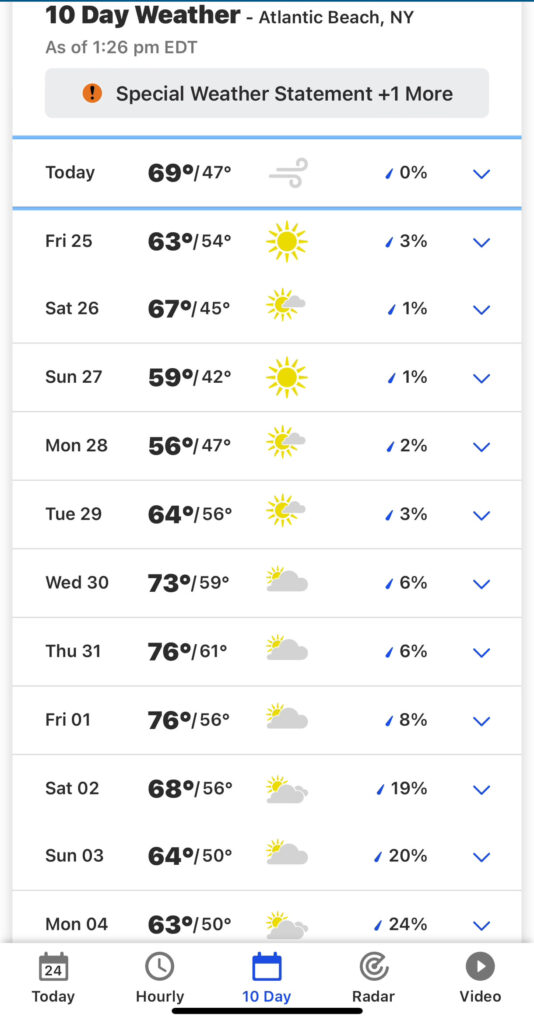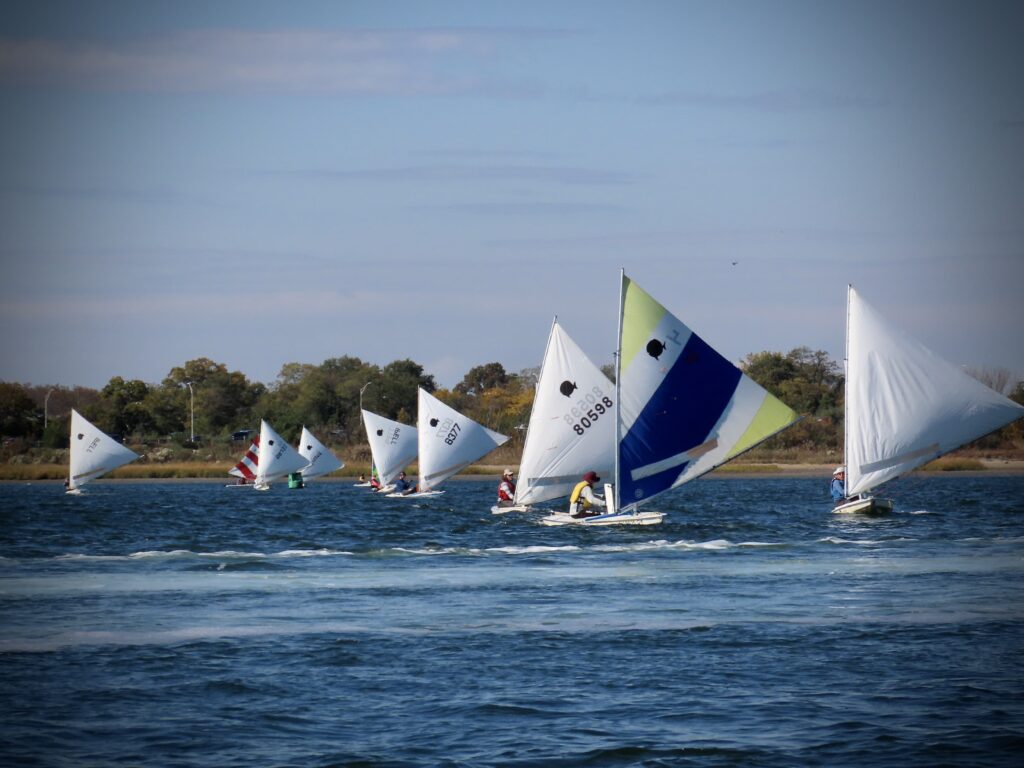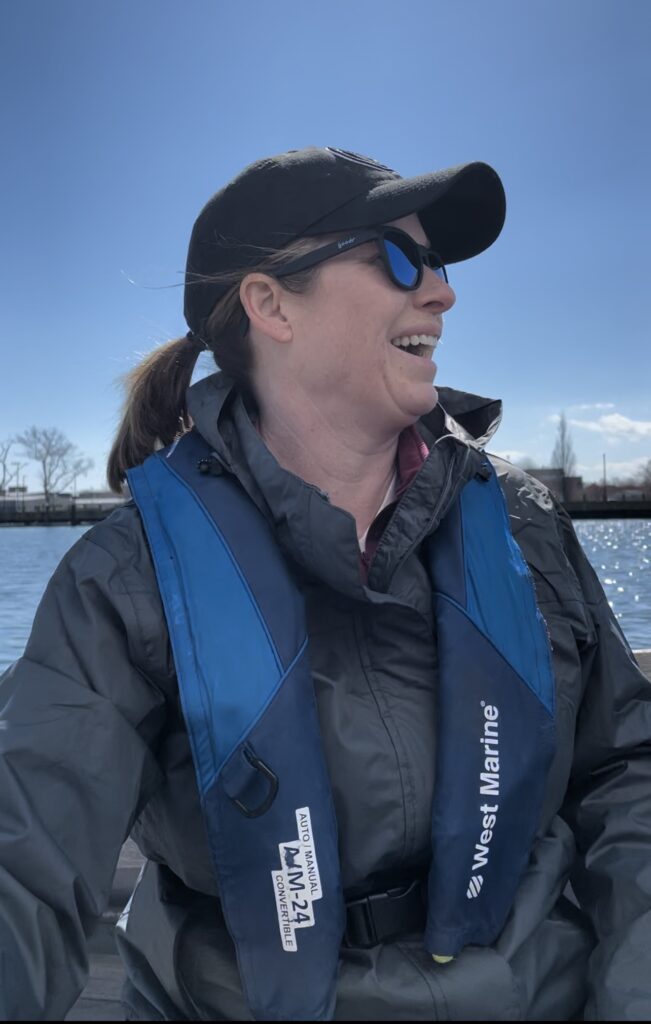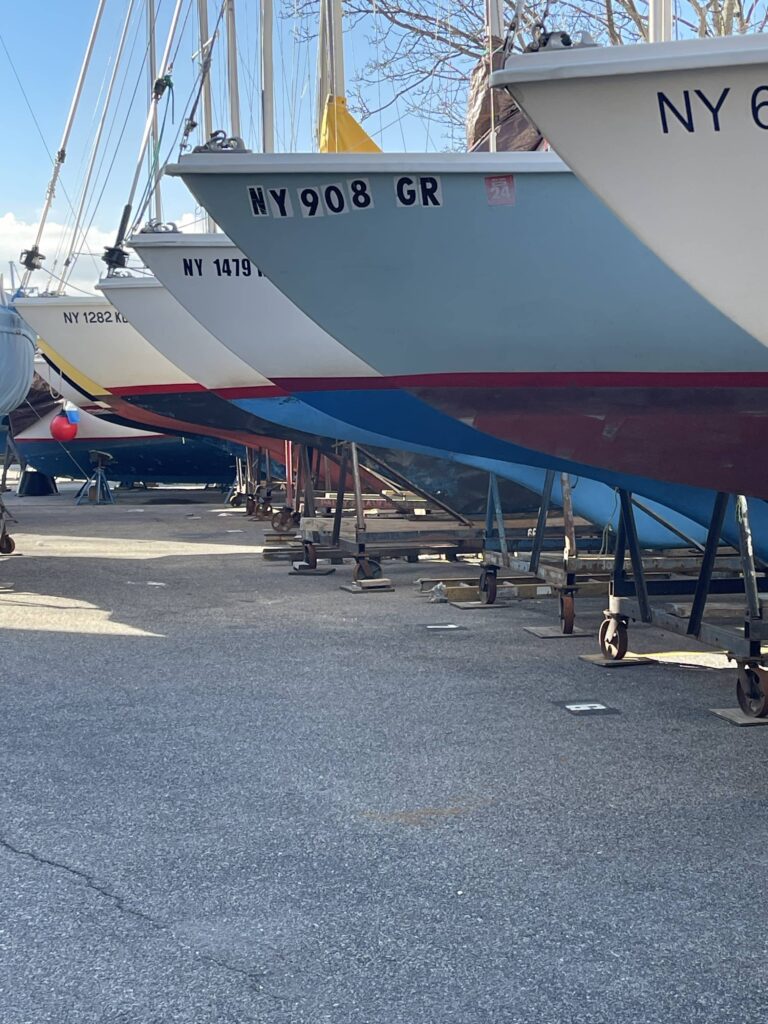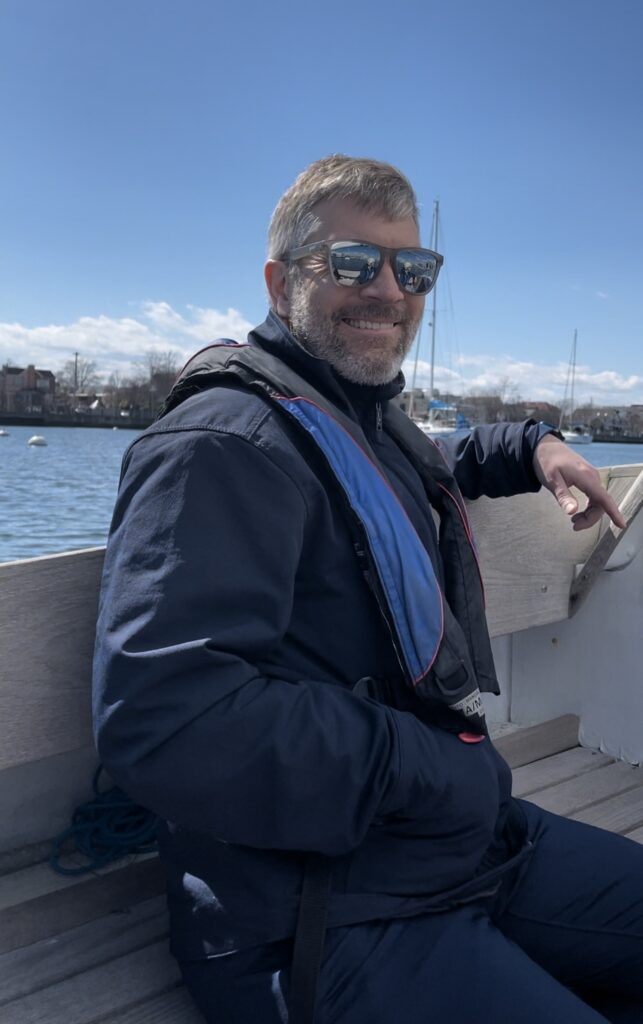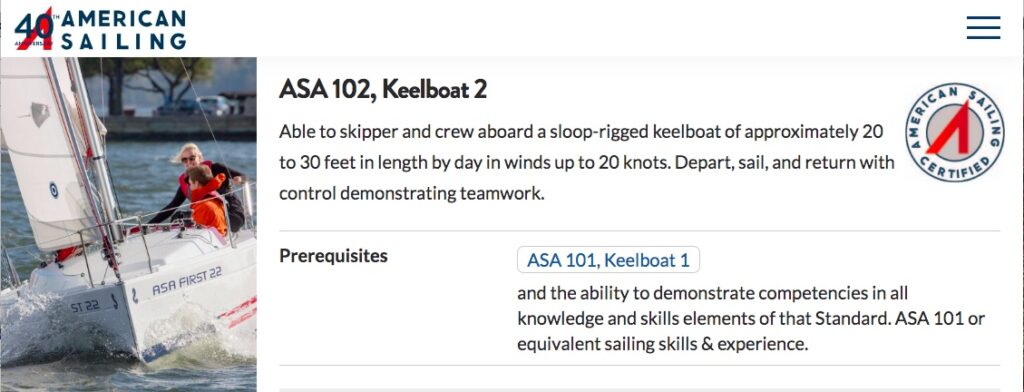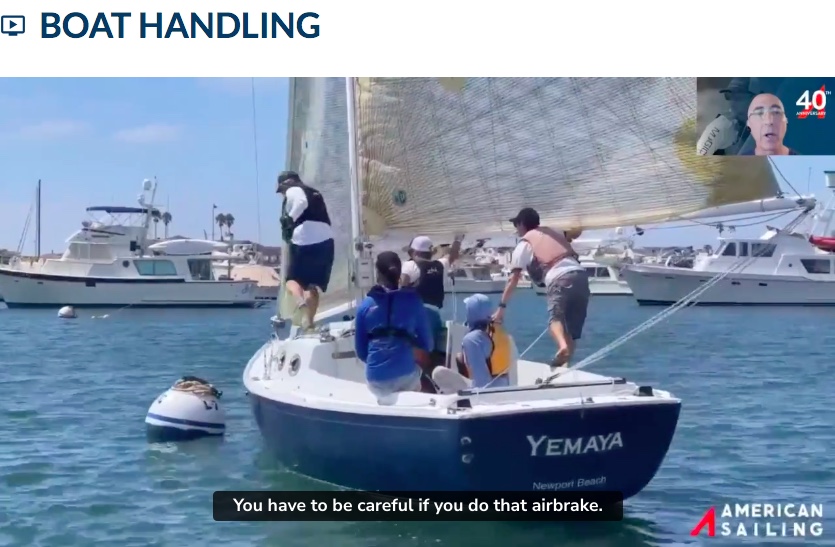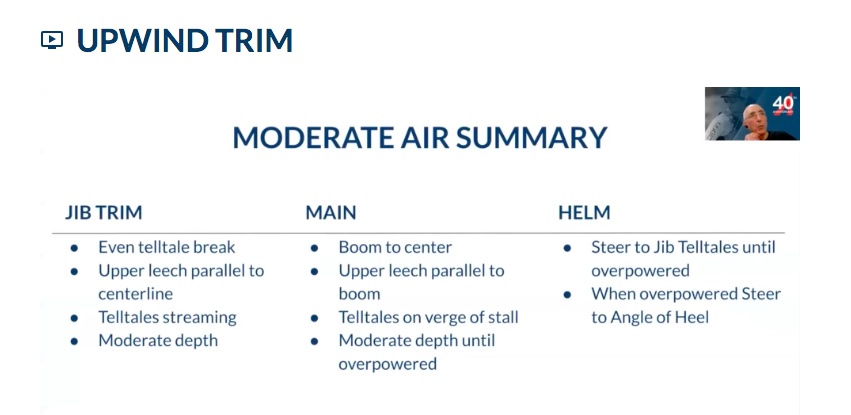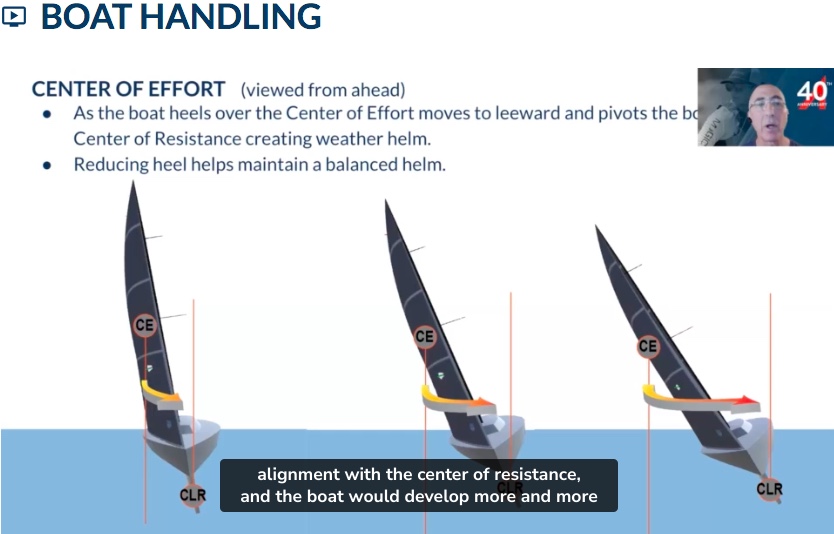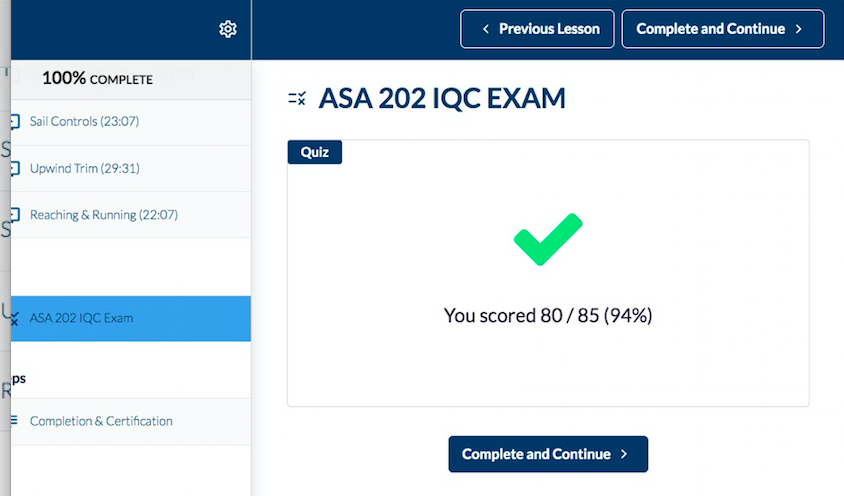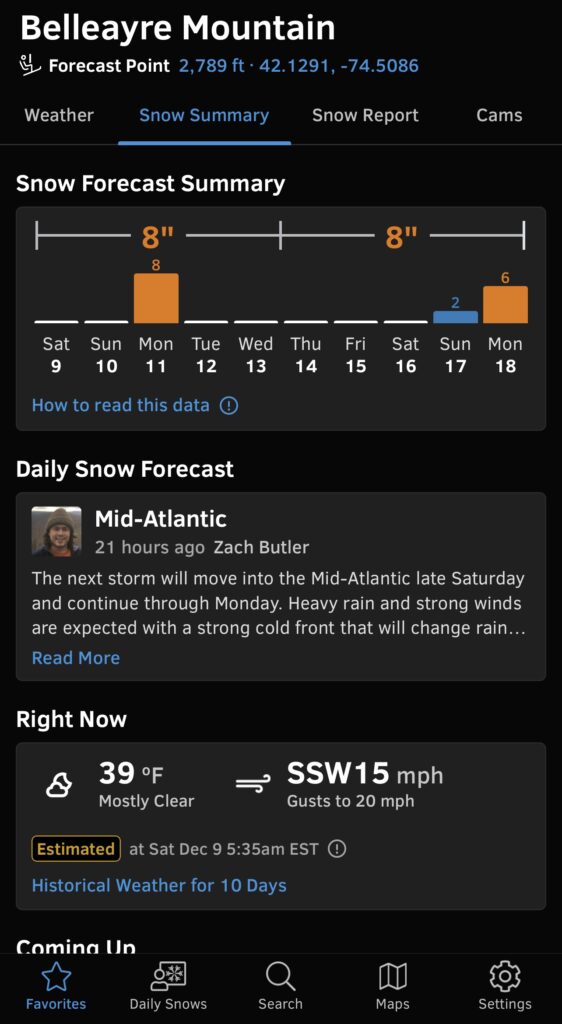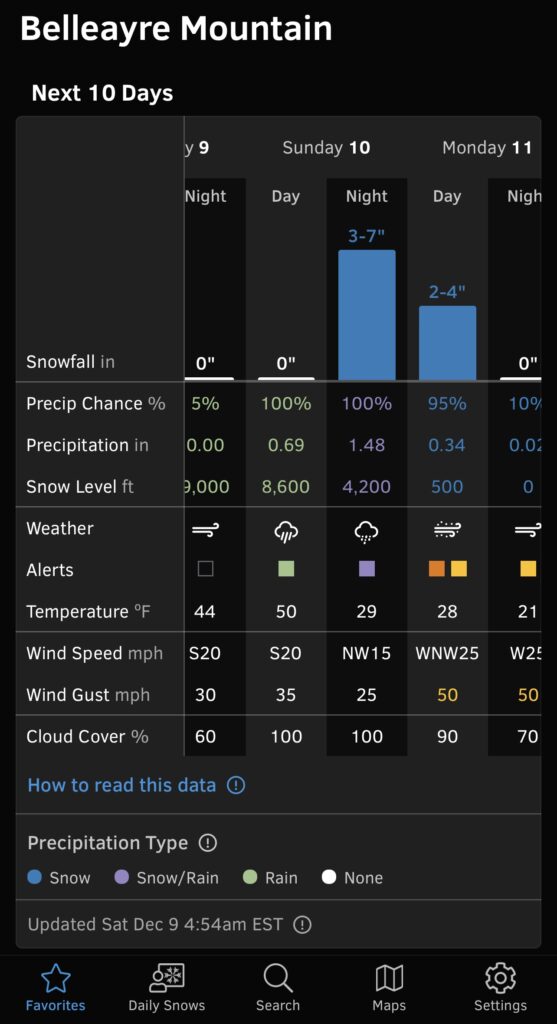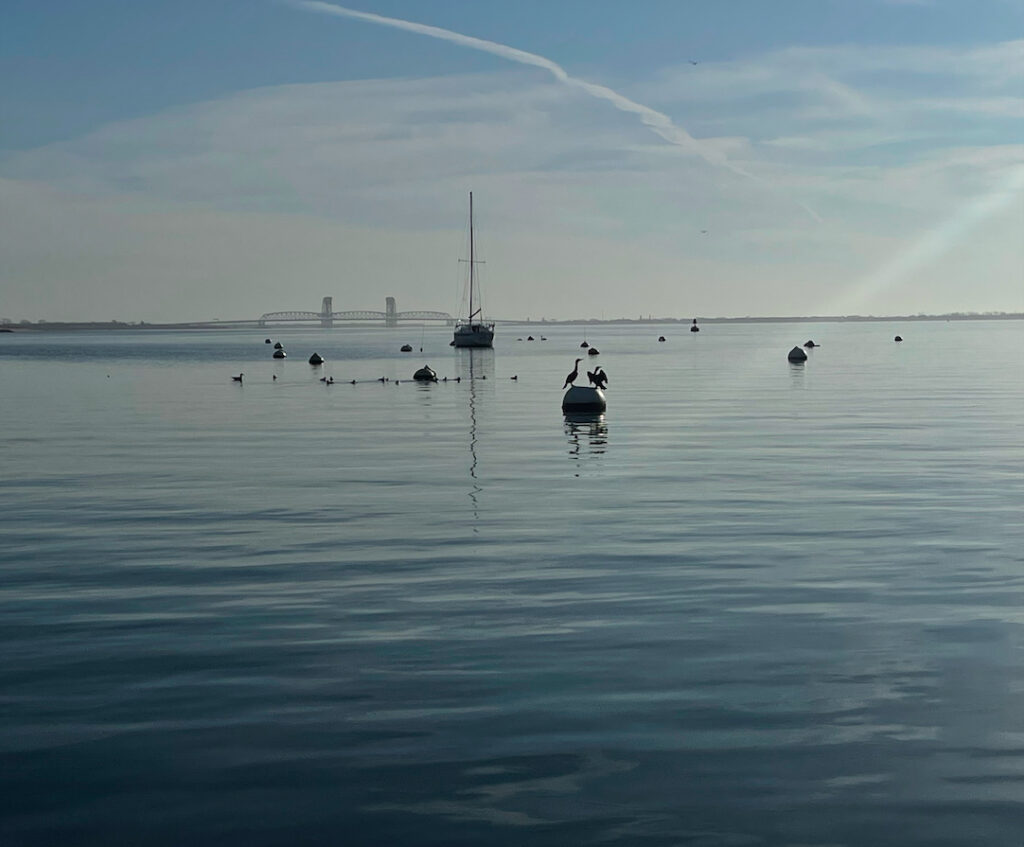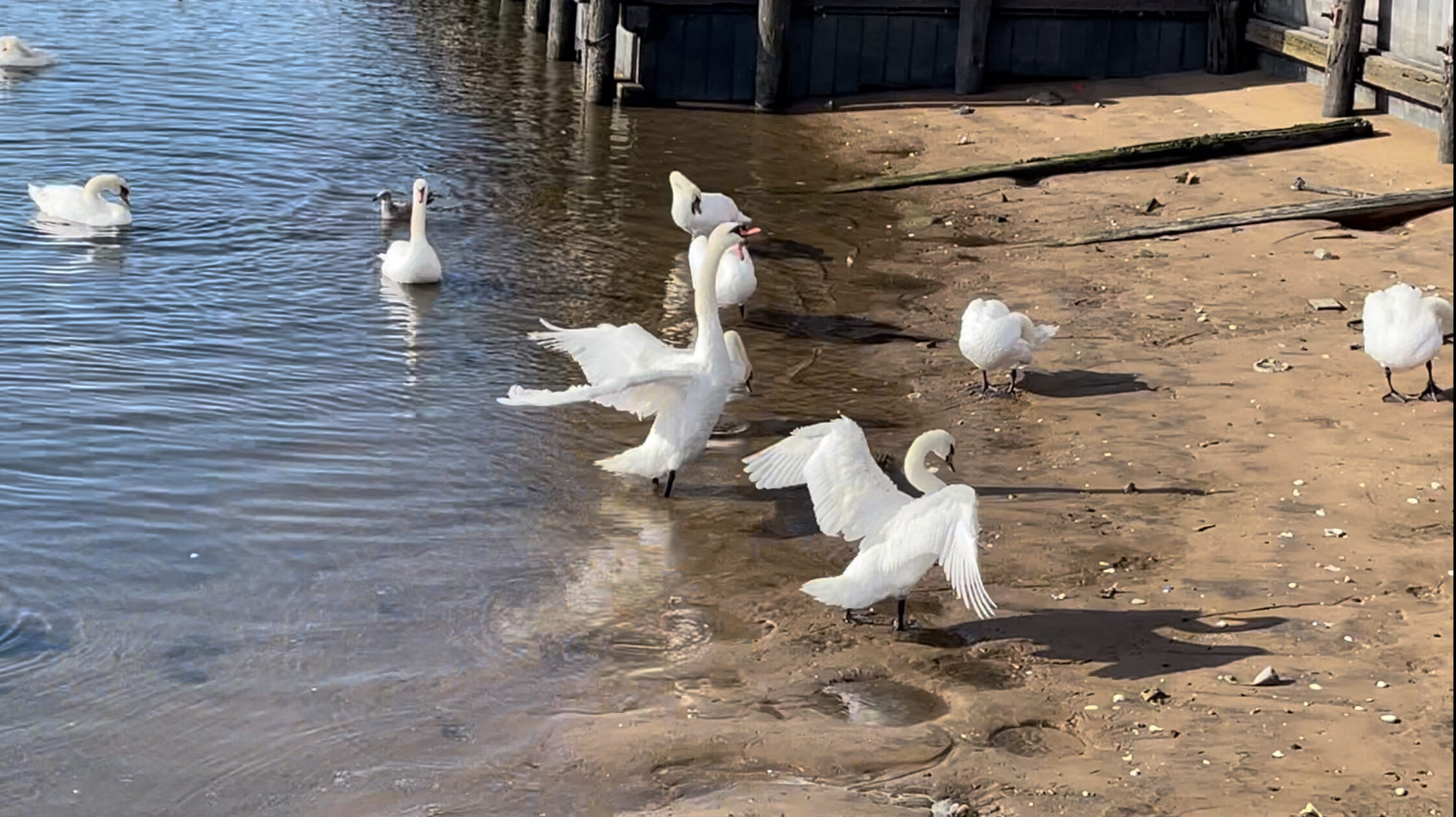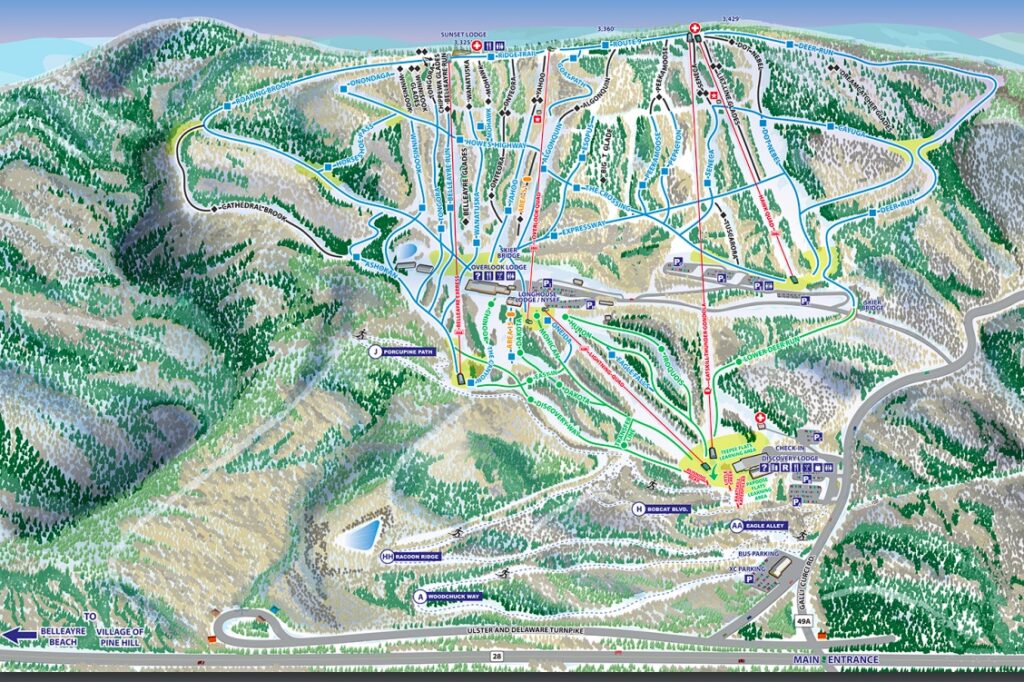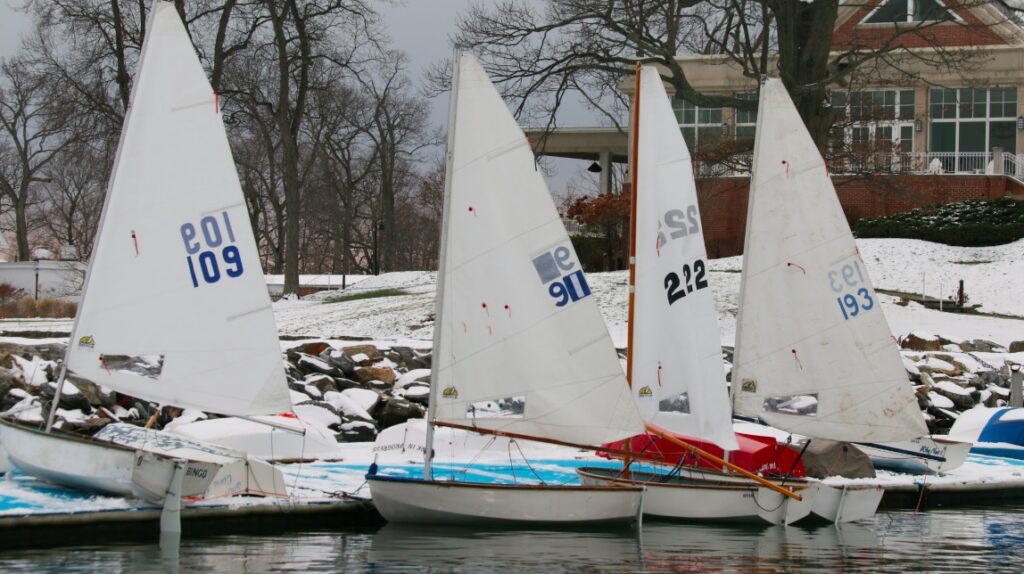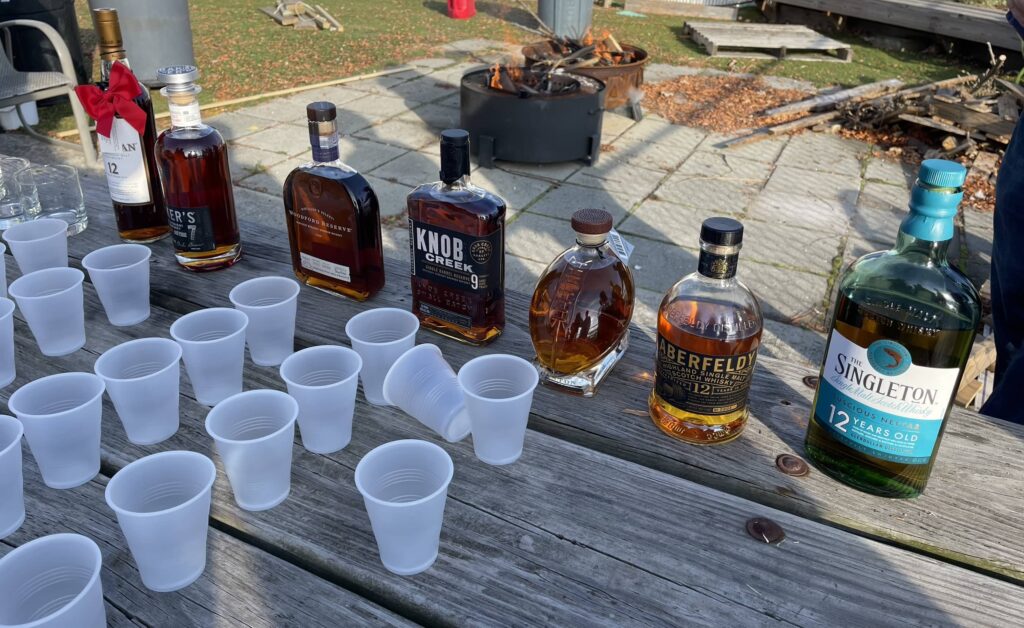Finally got a proper podium spot racing Sunnies at Sebago
I did some prior Blog Rants about my experiences racing Sunfish dinghies out of Sebago Canoe Club. This one finishes the trilogy.

Sum of all prior posts: was having fun, with occasional moments of brilliance in between long interludes of mediocrity or downright fuckery. Was reminded of my Dad’s and my inconsistency on the race course and penchant for risk taking and general lack of convention.
This season, I was still Mr. Inconsistent. Family history. My Dad and I were like yo-yos on the race course, always winning well or losing badly, or somewhere in between, but seldom any consistency. Often rounded marks the wrong way. Often went for the wrong damn mark. I did these things again a few times this fall, when I made the time to do all the racing: distance race in late September, and weekly racing for late September through October with another distance race on November 1 that I’ll have to miss.
And, again, all over the place. Poor starts; nailing starts; fouling out; hitting marks; even getting stuck in irons like a newbie and losing 4 boats in the process. (Nb: Sunfish are easy to get caught in irons with and very hard to get out of once there. Much worse than a Laser.)
RACE START! Mixed fleet of dinghies about to start the Sebago Cup distance race in mid September. This is and 8-9 mile race in Jamaica Bay. Captain Card is lurking in the background (far left of the fleet) in a Vanguard 15; started first of the three in the fleet that day, but wound up 2nd in class. The Vanguard is a sloop; if you look deep in the distance, you might see it hiding amongst other boats. For reference, a Vanguard passes very close to the camera a little late after the start. (Collette and I would have been 5th overall, meaning 2nd if you don’t count the RS Aeros that are so fast, and were sailed by guys who do world travel to compete, that they pulled ahead of the entire fleet with zero chance to catch. They wound up 15’ ahead of the entire rest of the fleet! Forget them. They won. Next was Isis in a Vanguard 15, and Torben in a Laser. We were ahead of Torben until I rounded a mark the wrong way and had to double back… So, not bad!
I can live with the inconsistency. But, I need to feel good about an occasional 1st place, or winning a start convincingly, or at least a few solid near-the-top finishes. This fall, despite putting in the time, and even practicing in between race days, I wasn’t getting any. I was having fun, but wondering if I really remembered how to race properly and if age had caught up with me (just turned 61 this summer). Sailboat racing is a game; straight up. It’s a game where we try to have fun trying to win the race. So, winning once in awhile really helps.
Two weeks ago, I showed up for racing only to have… NO racing. Only two competitors showed, with a third there for RC duty. We needed a third sailor to have any racing. Instead, we BS’d over bagels and coffee and they split. I rigged the boat and went for a sail. No one had showed up thinking the wind would be very light and die out. I’d gone on record that the very light wind was going to diminish more, but switch to the south. That gave us a more than 50/50 shot at a sea breeze developing as it was still warm-ish for October and there would be sun.
I was right. Plenty of wind; more than on another of the racing days we had, and more than enough to have good racing. I even had to hike out a few times to keep the boat level. Fun; good practice which is def important. But, no one to race and try to beat. Running out of time; one last shot at the title and the season would be over.

That shot came this past Saturday. The wind was looking light again, and a poll showed that maybe 5 people would attend. Kinda weak, but more than enough to do some racing. I showed up. And, so did 8 others – more than enough to run some races!
Wind was light and shifty from the northwest – my specialty. I’ve always been good at reading wind, particularly in light conditions. Always used to do well racing in them. So, I tried to approaching with confidence and get in the zone.
First start: good approach, but a little late. I was behind a few boats. That would have kept me buried except that they tacked early and cleared my air for me, as well as gifting me room to tack if I wanted to later. I was free to read the wind and play the shifts. I caught up and was near the top. After the last mark, heading to the finish, I found more wind on the left and used it to my advantage, catching up further. One boat ahead of me by passed the finish line, thinking the race was twice around. When some of us figured out that’s what he was doing, we hailed him, and he came back – but he lost a spot or three in the process.
I thought I wound up 2nd or third; didn’t hear RC call me name. Good start to the day either way.

Next race, and each one after, I totally nailed the starts. I switched up the starting strategy a few times, but always accounted for the current, and the need to be able to adapt instantly to changes in wind speed and direction. That meant not doing traditional starts where the fleet all comes in more or less together on starboard tack, jockeying for position, hoping to be able to accelerate at the last minute and cross the line at the gun (horn, in our case). Coming in on the ‘lemming line’ didn’t work for me in the first race.
I hate it anyway. I prefer going against the grain. I favor dip starts and port-tack approaches to the line. My Dad loved to dip. Did it more often than not. It can be risky, as one can get forced over early easily, but it avoids the other boats until the last minute.
VIDEO! Time out in between races, October 25. I’m shooting from my Sunfish (actually, club boat called Bobo).
The current that day was starting to ebb out of Jamaica Bay, and it was accelerating as the racing went along. That meant when there was a lull right before the start, everyone would get set down by the current and pushed away from the line. Strategy: be able to come in full speed to fight the current, and also be free to tack if the wind shifted so that I could aim straighter across the line and into the current.
Second race: don’t remember how I started, but it was either traditional and done well, or a port-tack start. That means coming in from the left side on port tack, with no hindrance from other boats, and seeing where I could cross other boats and start at full speed, possibly getting blocked out and having to tack to leeward of one or more other starboard tack boats and settle for that. I sailed a good race, and thought I was 3rd or 4th. (Again, didn’t hear my name called – possibly because I finished on the port side.)

Third time’s the charm: I saw how the fleet just wasn’t accounting for the current, and decided to play my little trick – dip start. I would only do it once. Why not more often? Element of surprise works best the fist time in a small fleet. Also, at Sebago, they never seem to understand how it works, and RC calls me over the line early before the starting gun which is irrelevant and distracting. I figure I surprise them with it once, and leave it at that. (Winter project: make them understand that it’s perfectly legit unless the 1-minute rule is in effect due to a general recall in the prior staring sequence.)
Did the dip. Nailed it. No one said anything on RC boat. I got it. One competitor said, “he‘s got it.” I won that race, leading at all marks. But, after finishing, the RC hailed me and said something about me possibly not starting correctly. I forget the language. I hailed back, “I totally did. I dipped down below the line, checked, and then started. Someone else said, “he got it.” And, you didn’t call me over early. Can’t do that now.” (Glad I was definitive; they had initially scored me DNS, for did not start, but changed it to 1st place. They might well have thought I was over early, but recognized that they can’t fail to hail at the start and simply tell me at the finish. For what it’s worth, I was NOT over early – I checked carefully and made sure to leave a little extra room, as I had plenty to spare anyway compared to the rest of the fleet.)

Each race after that, I did port-tack starts – usually ahead of the whole fleet. In one race, Max copied my swagger and also came in on port. He was slightly ahead at the start.
The difference was that I really watched the wind and basically ignored the fleet. No covering; no hedging. Go where I saw wind. and, that was always left. When new wind came in, it almost always rolled down from left to right. So, it didn’t matter which way it shifted; all that mattered was being in that much stronger wind. One could double or triple their speed. Sure, one could tack on the headers and stay lifted – but only after getting into the new wind. Out of phase with the shifts? Who cares when you’re going 2-3 times the speed of the rest of the fleet?
Last race was the pies de resistance. I went hard left after that wind. It came in. I was literally planing toward the top mark; the rest of the fleet was sucking for oxygen. I rounded so far ahead of the fleet that there was probably no way I could lose, even if I wound up in a hole later and a new breeze brought them closer. And then, the opposite happened: before anyone else got to the top mark, the wind died down and they were struggling to even reach it. I still had wind the rest of the way down to the bottom mark and more or less after that to the finish. It was the widest lead I’d ever experienced or even seen in my life, and my racing life goes back to the mid 1970’s. It was a proper whupping.
Here’s a quick clip I took while approaching the bottom mark. Few people ever carry a cell phone in our fleet. I rarely do. Light wind that day, plus thought I’d need to take work calls from the school. Instead, I shot pics and clips! I was so far ahead it was reasonable to distract myself and risk capsizing by taking a clip. (Phone was waterproof and tethered to me.)
Three of the boats didn’t finish that last race due to the lighter wind and strong current. I asked if it was the last race, and RC said yes. I confirmed by re-phrasing it to be sure; same result. I started sailing back. (No surprises later; it was indeed the last race.)
I wasn’t first back to the dock – I was 3rd. Wind got wonky coming into Paerdegat Basin as it always does, and a Fresh breeze brought the fleet in closer. But, who cares. No score for who docks first.
More importantly, I’d redeemed my wonky ways and had a super consistent day. I figured I had to be in the top 3, 4th at worst.

Turns out…
I WON!!!
I wound up with two bullets (1sts), three deuces, and a 4th. Tracy was super similar, also winning two races, but she also had a 3rd and 4th. That put her one place behind me with or without a throwout. (A throwout is when your worst finish is not tallied in the results; it’s almost always used if there are enough races completed in a day)
Two of the best sailors in the fleet were absent that day. But, I’m not sure that would have changed the outcome. I hope to have another day or two with the same conditions in the spring with more of the fleet present, including all the usual suspects to beat, and see if I can’t duplicate or triple this result!
